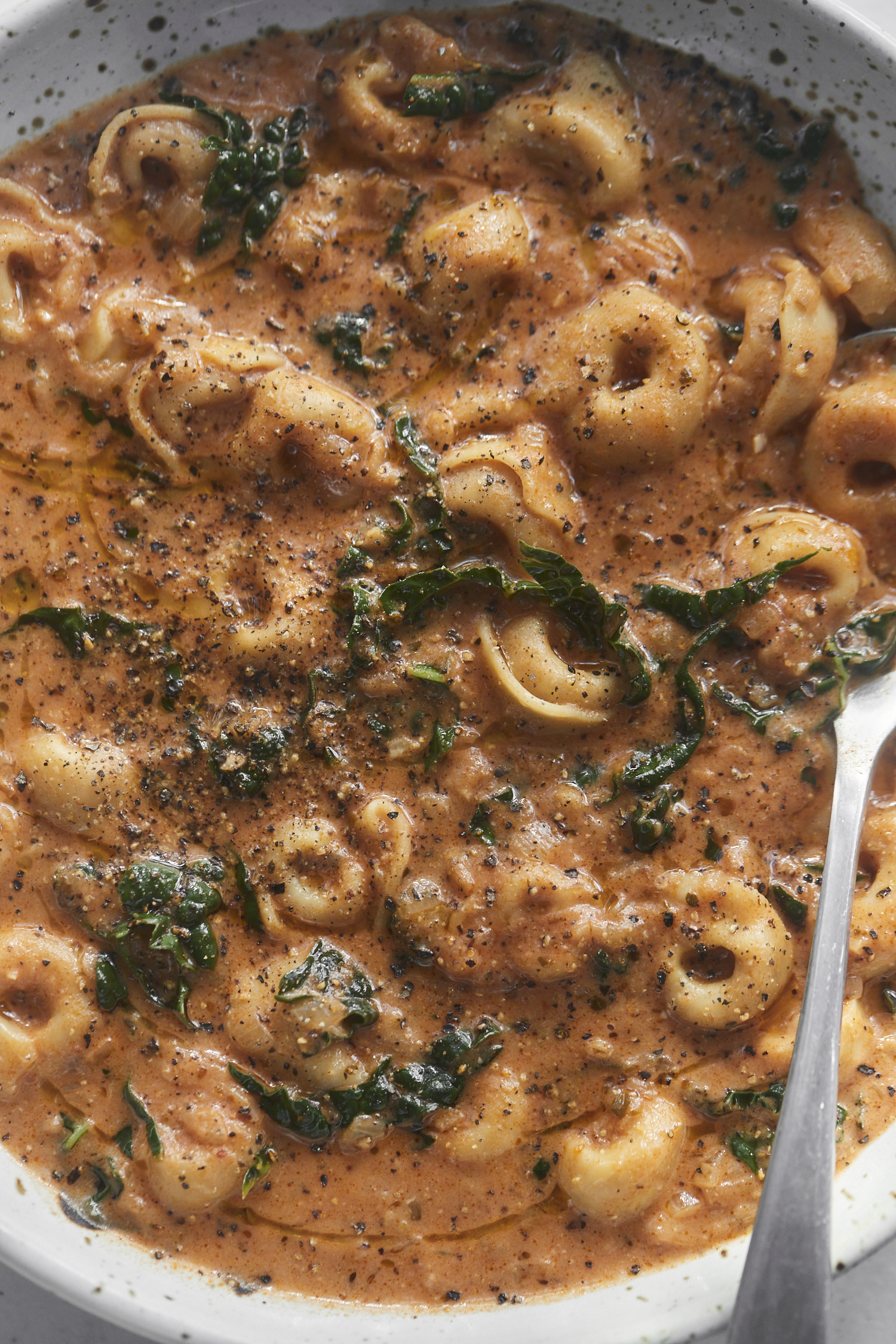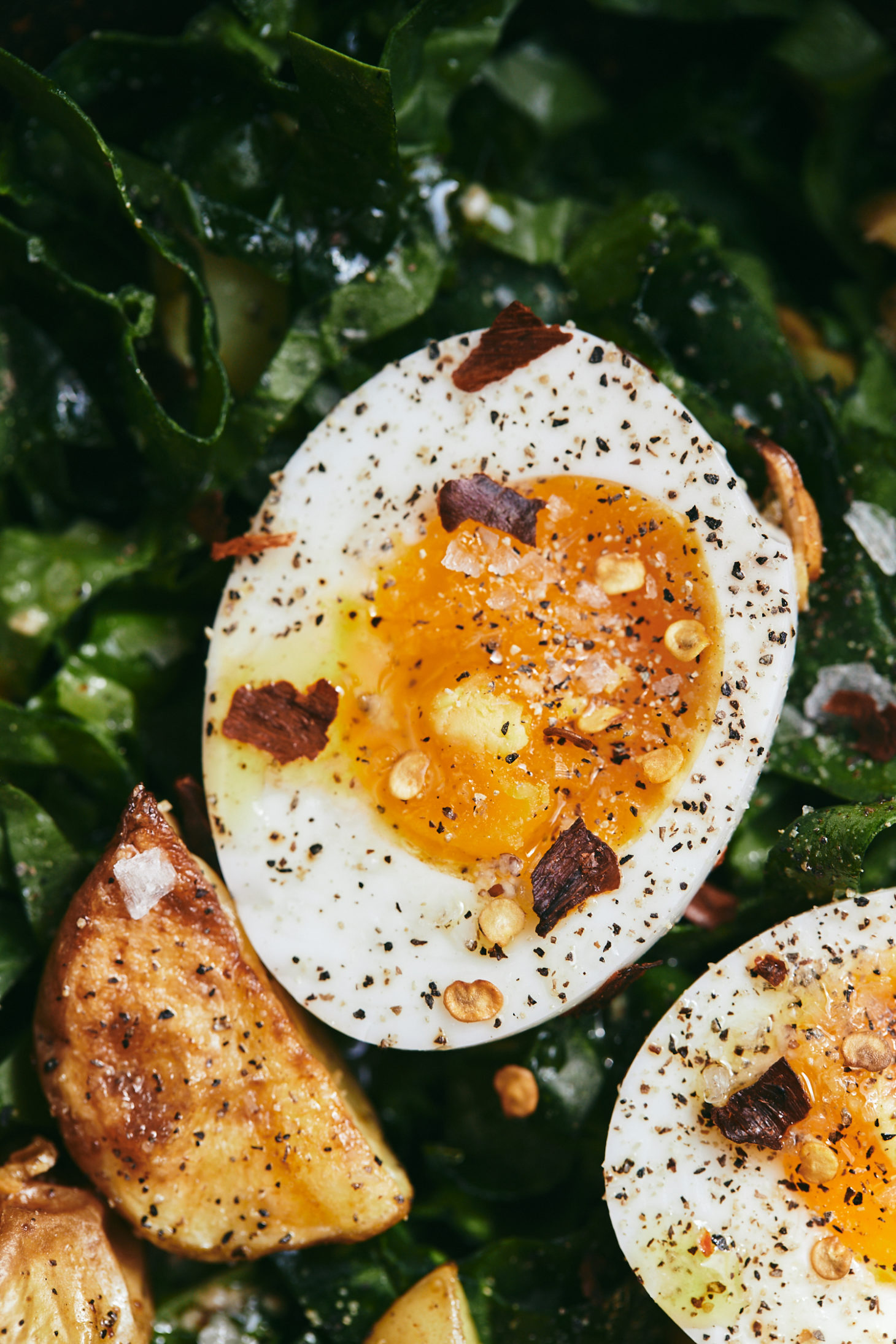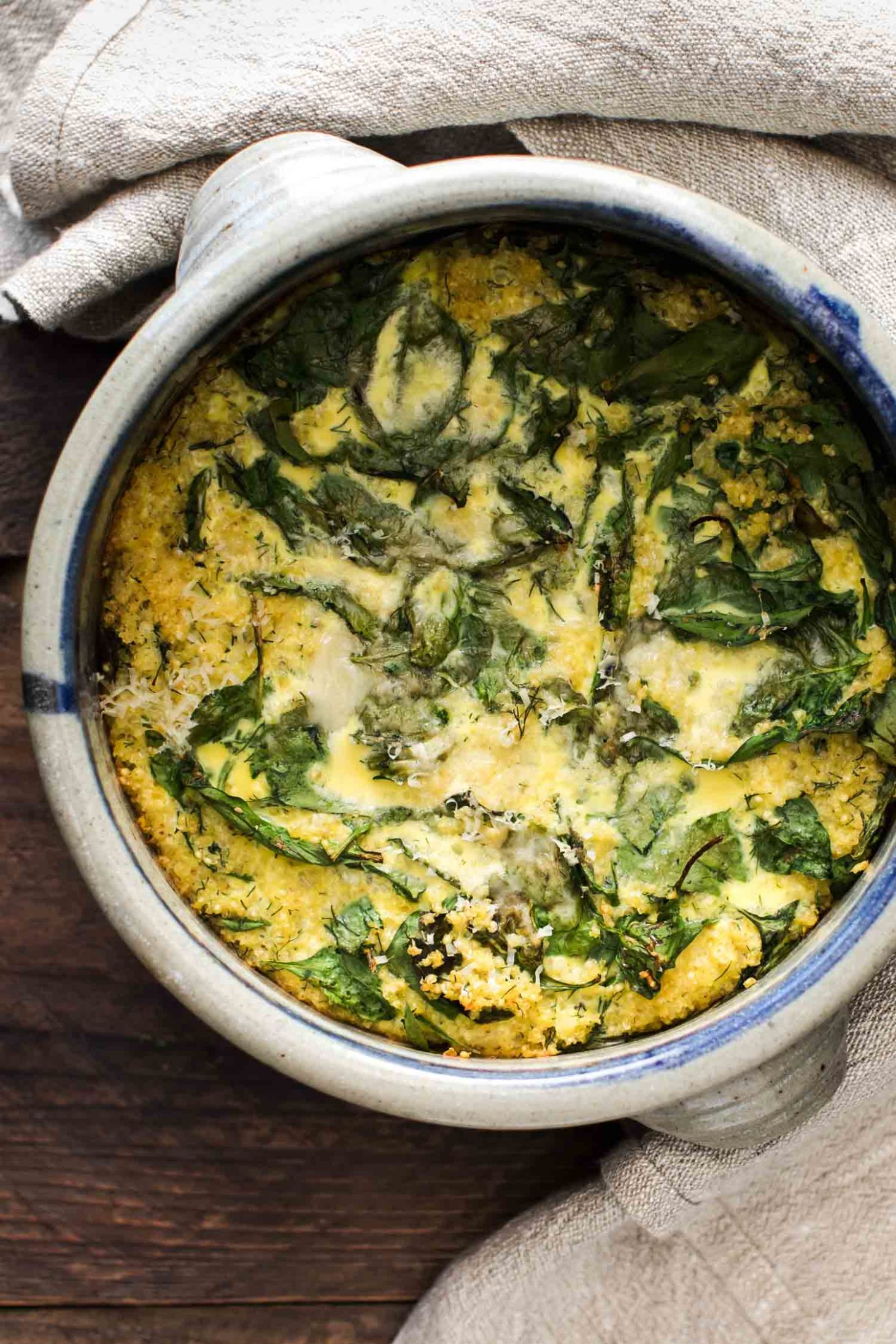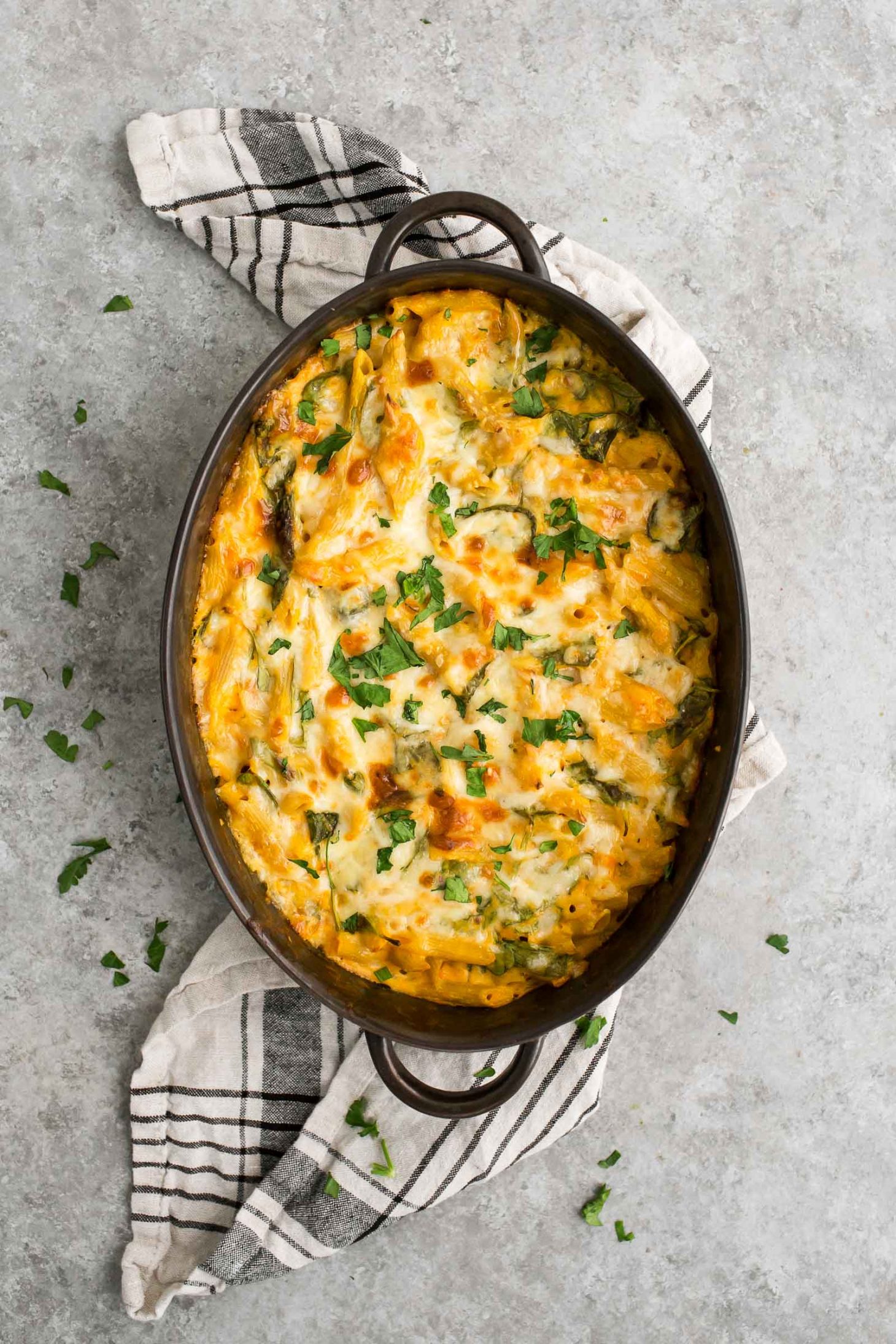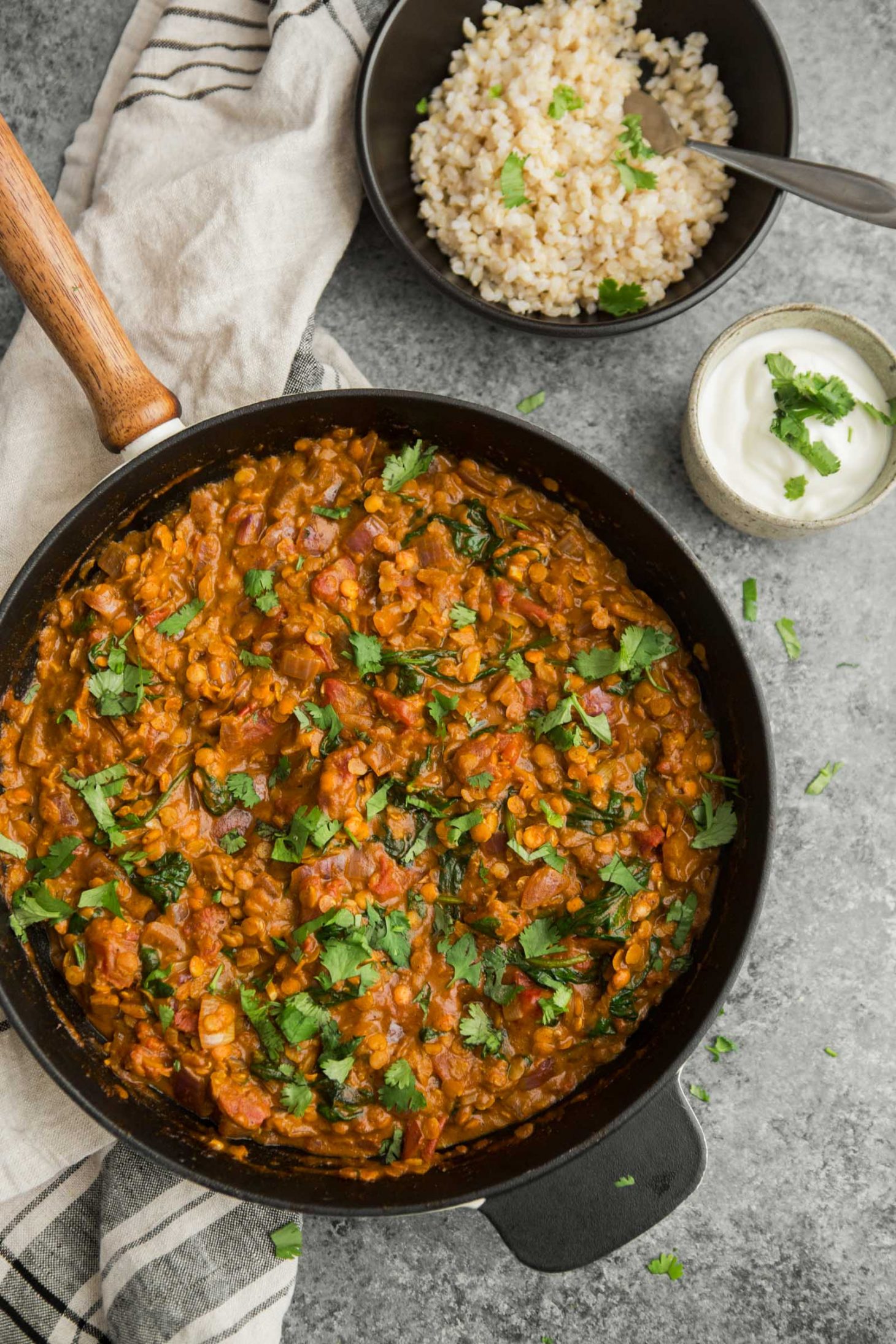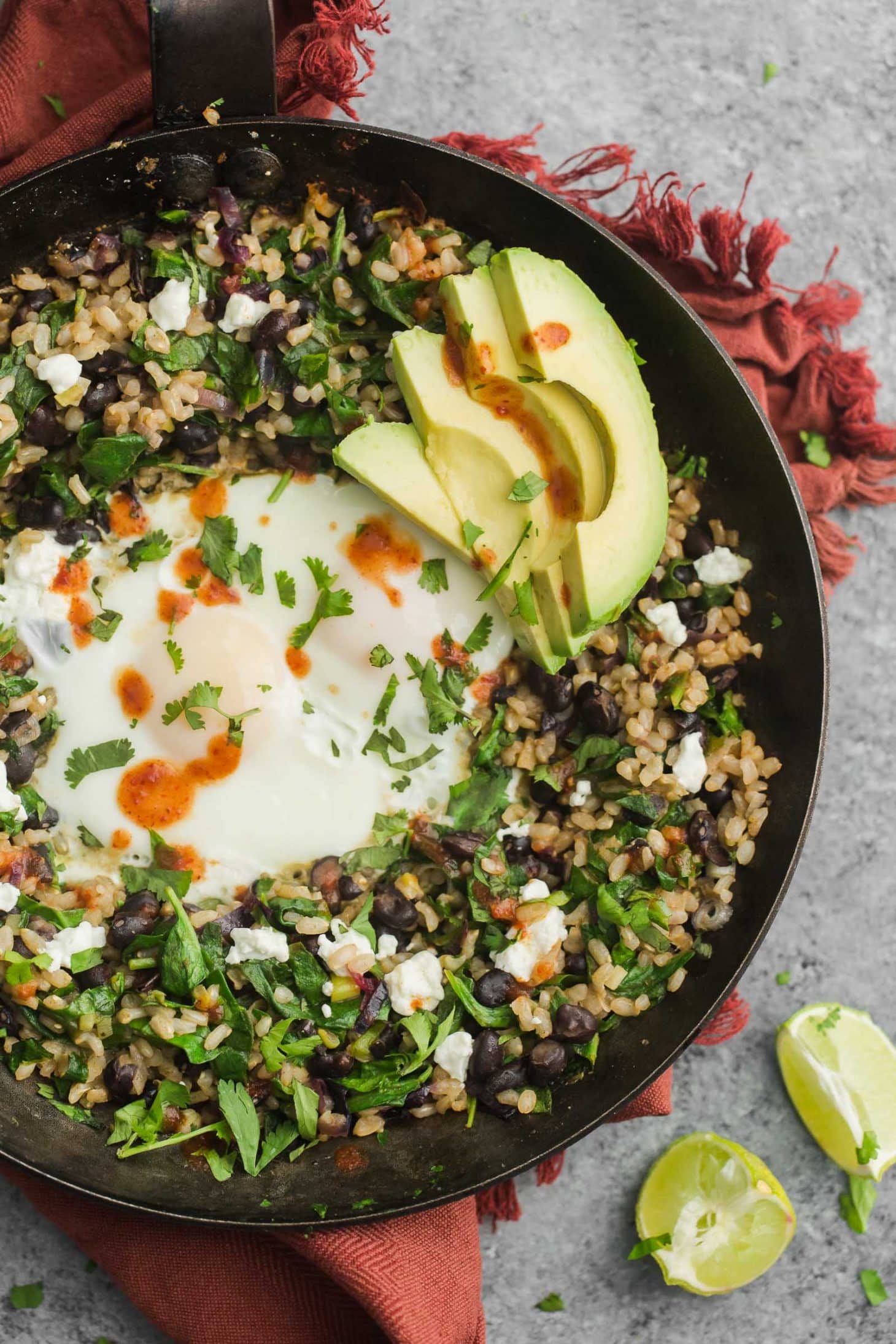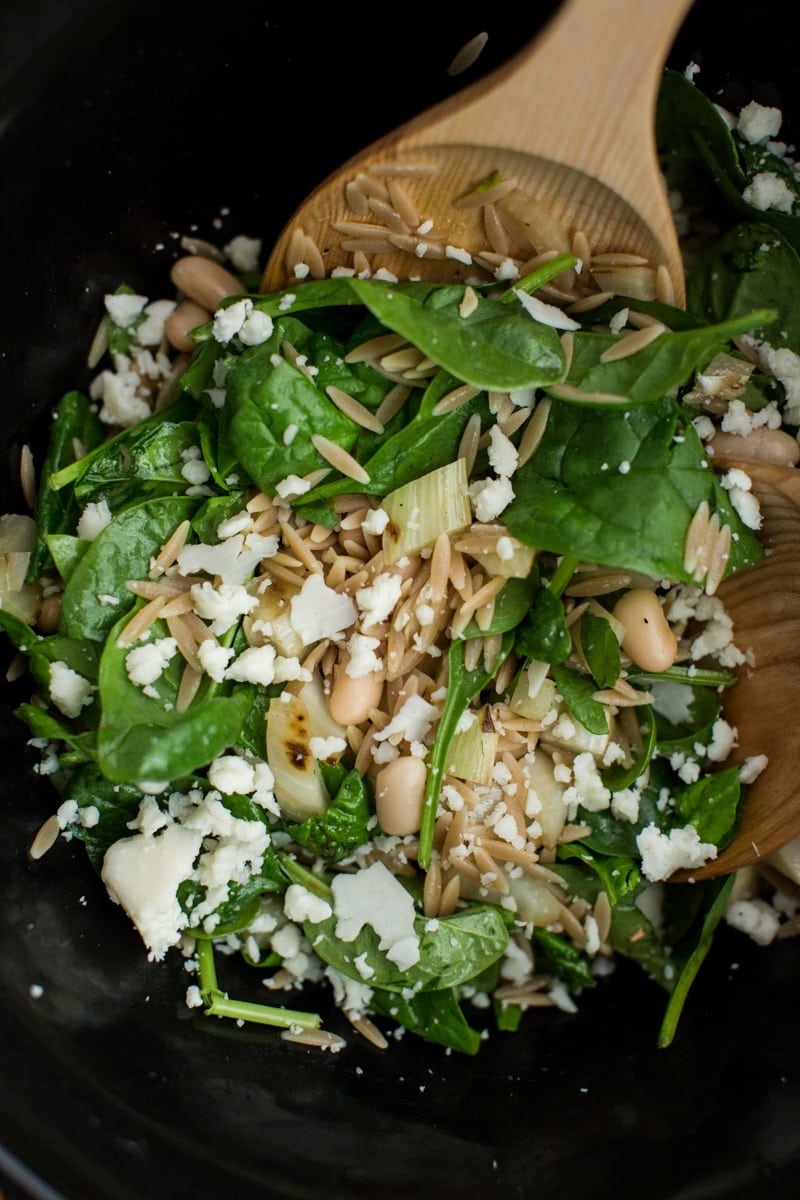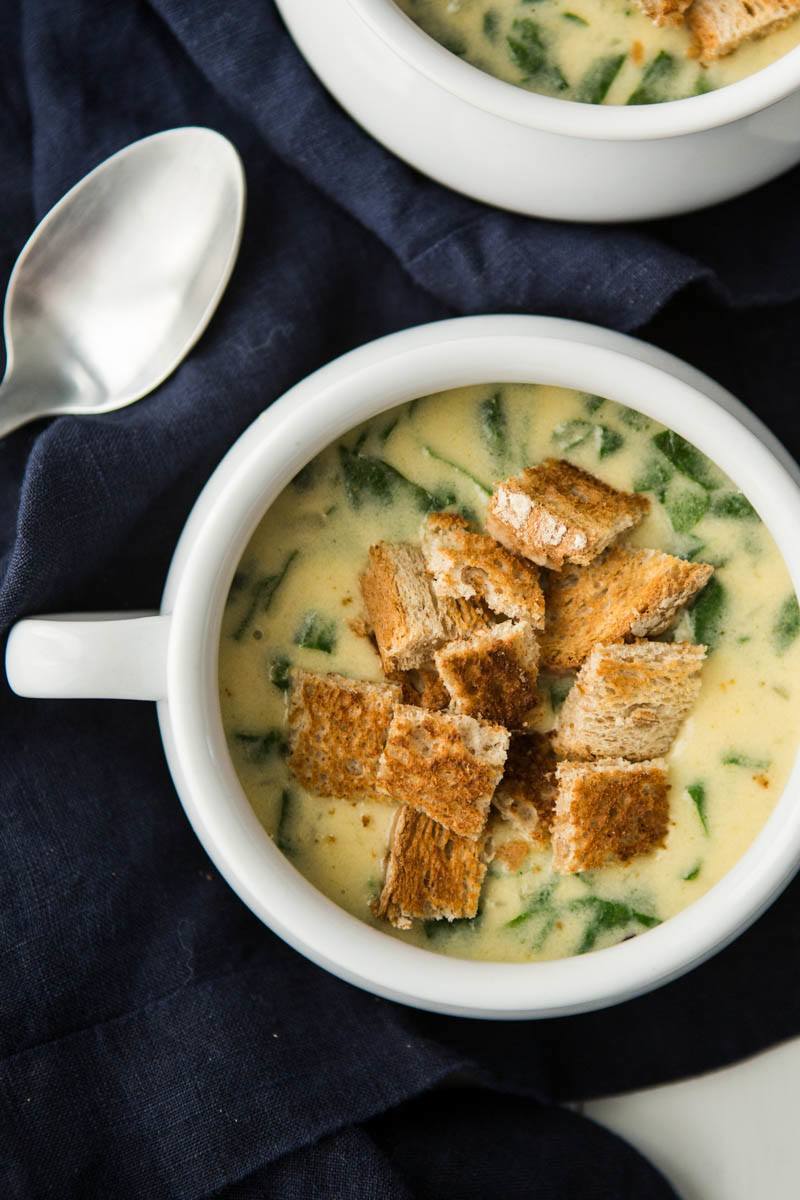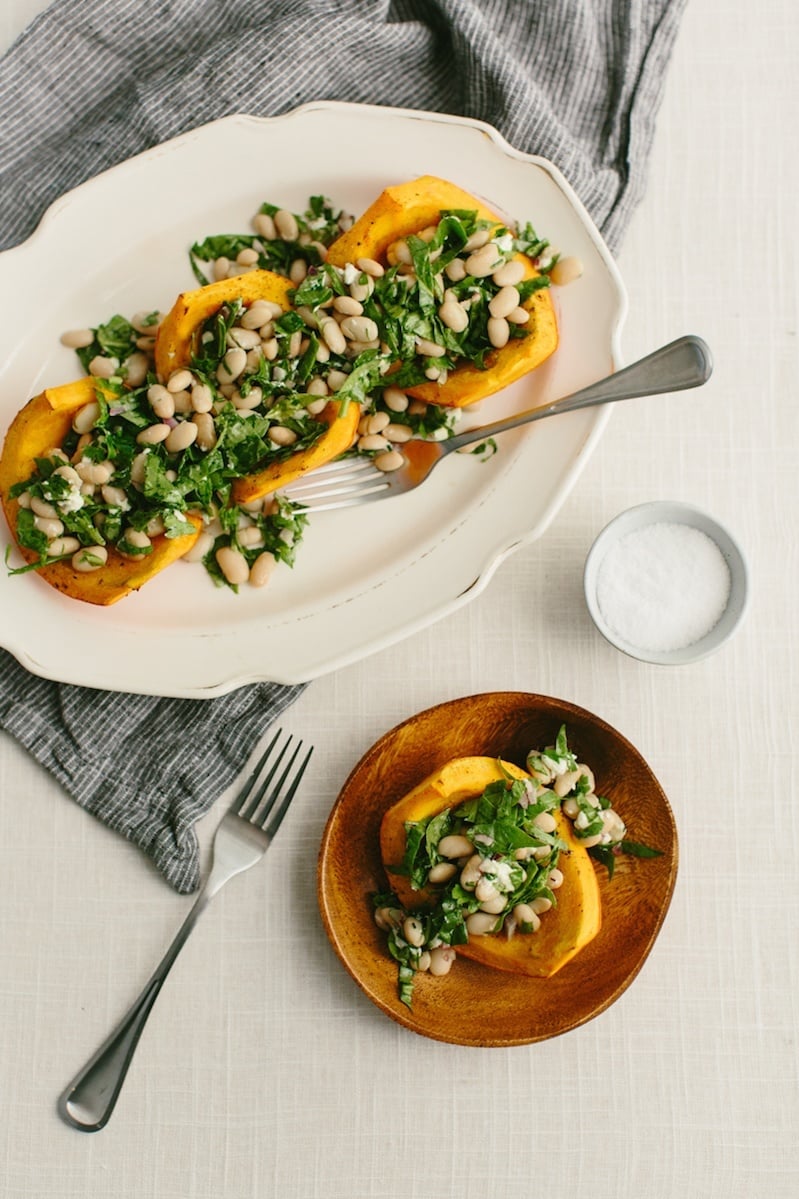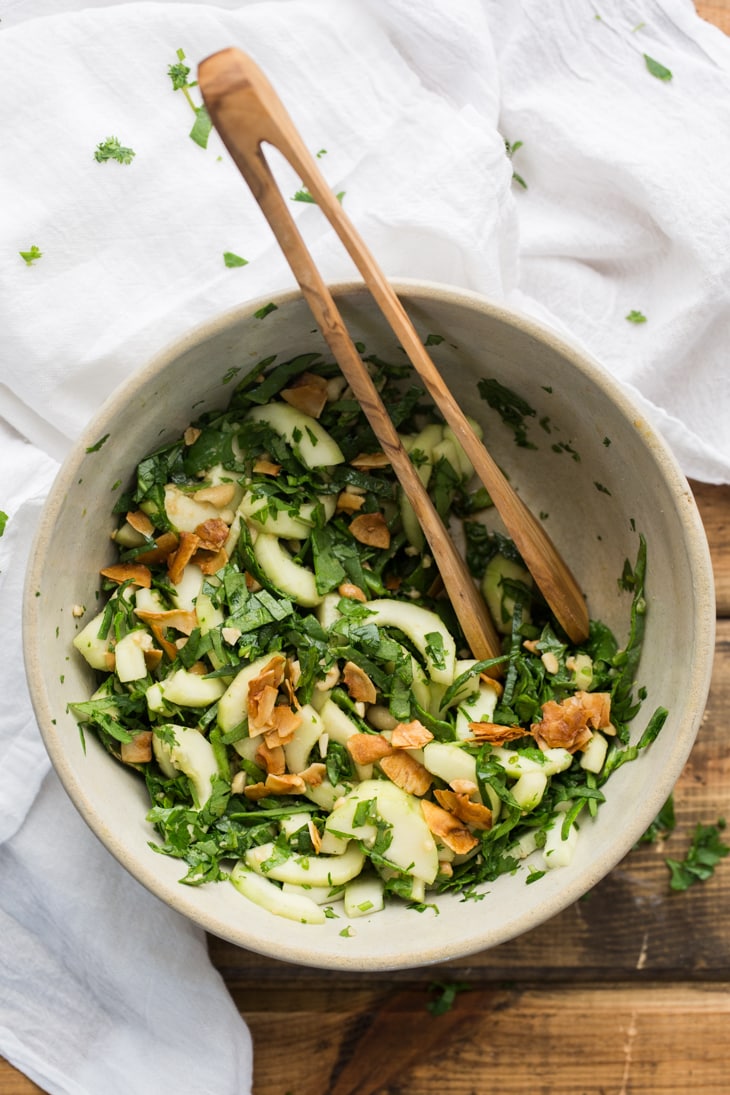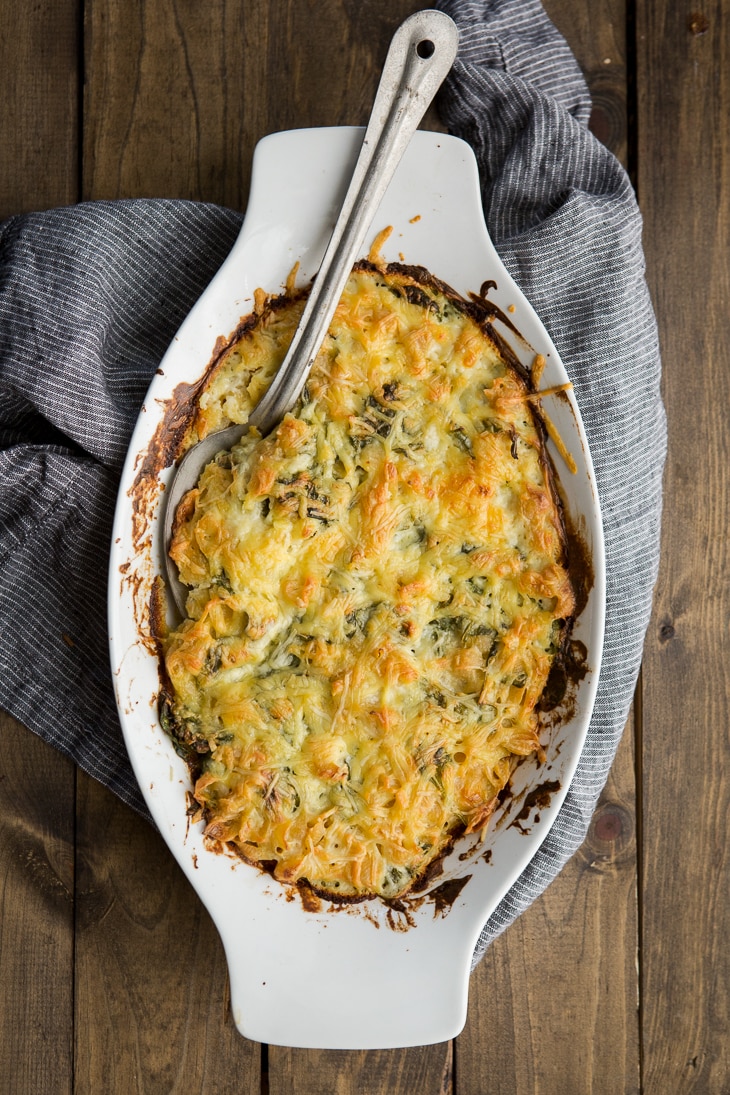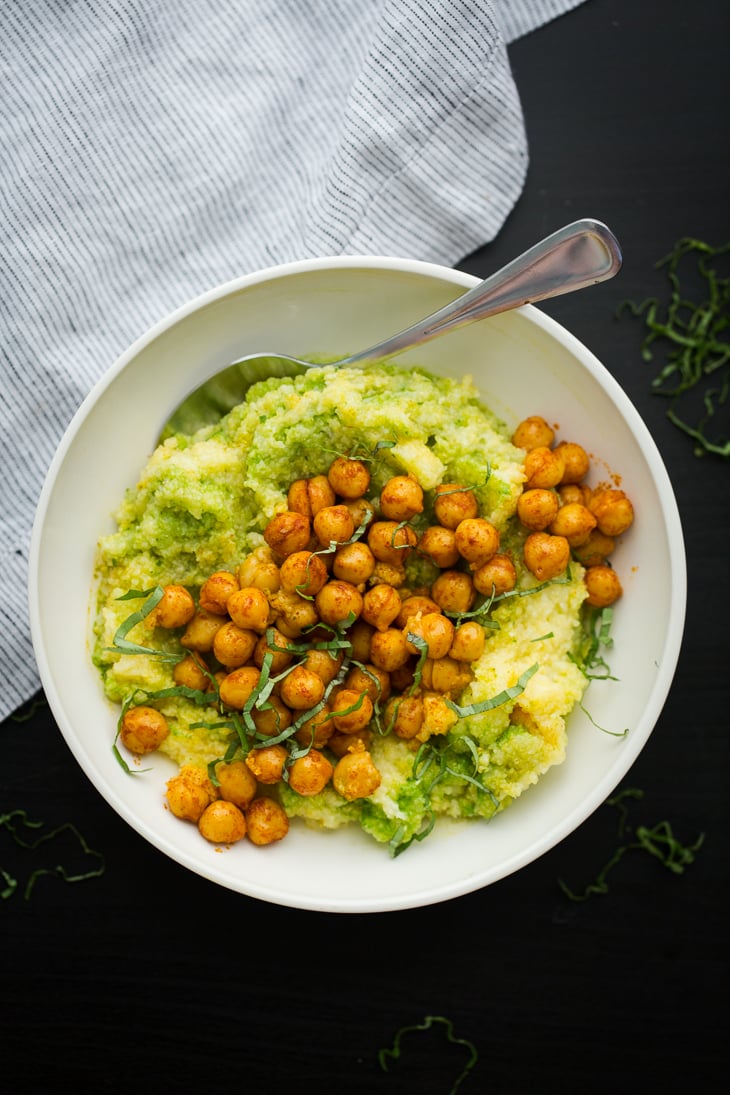

Spinach is best as a cool weather crop. The heat causes spinach to bolt before it’s ready to be picked, and even if the spinach doesn’t bolt, the heat flattens the flavor. I use spinach fairly interchangeably with other dark greens like swiss chard, kale, and arugula. Play around and find the right combination of different greens for your salad recipe.
I eat a lot of leafy greens for the iron content and many other nutrients. Spinach is great freshly plucked and used as a salad base. but versatile enough to be used in many cooked dishes. To keep the nutrients in tact, I often toss spinach with freshly cooked pasta to wilt it just slightly.
If you wish to preserve fresh spinach, the best method is to freeze. This is done by blanching the greens for 2 minutes, followed immediately by an ice bath. From there, the greens can be tossed in a ziplock bag and into the freezer for up to a year (if they last that long).
Fall-Spring
Traditional spinach is best when used raw or lightly cooked through sautéing or steaming. Overcooking spinach will result a slimy consistency. Be sure to rinse the greens directly before cooking or using.
Look for spinach in bunches or loose leaves. The leaves should have a solid green color, look and feel crisp, and no wilted leaves or foul smell.
Store unwashed spinach in a plastic bag or container that is lined with a dry tea towel or paper towels. Excess moisture will cause spinach to spoil quicker.
Spinach comes in a few different varieties: Savoy, semi-savoy, flat-leafed, and a spinach-alternative that is a substitute grown in warmer weather. The Savoy, semi-savory, and flat-leafed are best grown in cooler weather and are typically what I use in a recipe.
